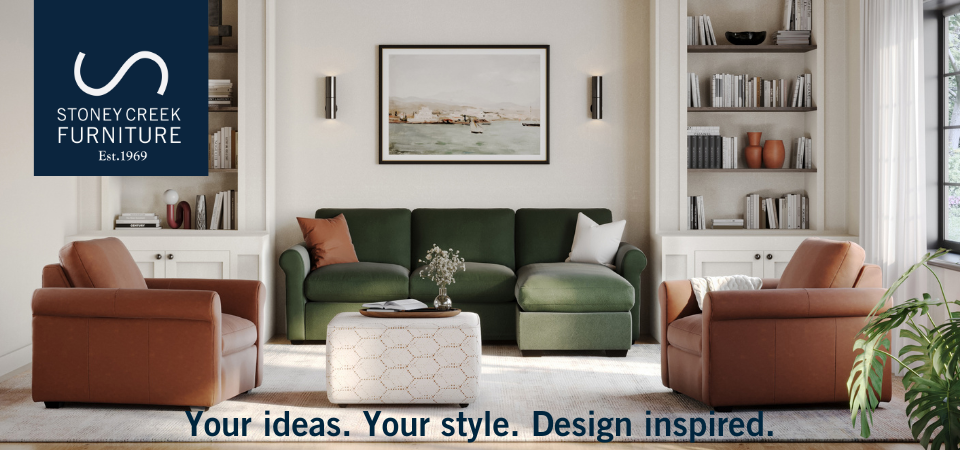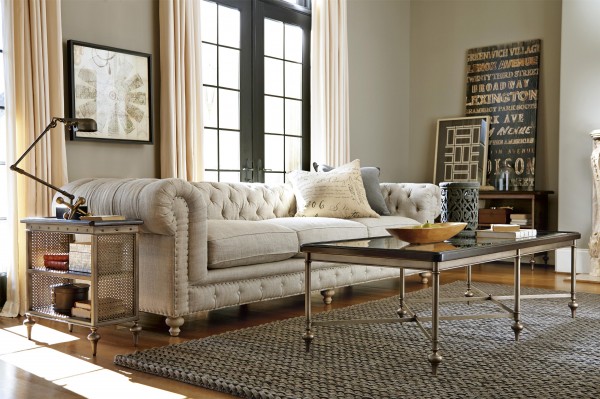How Can You Add Texture? If you are blessed with a space that has exposed brick walls, cornices or glowing hardwood floors, you already have texture – and you know how much character it adds to your home. But what if your rooms are ‘bland’? Think about adding rugs (shag adds wonderful texture), draperies in velvet or lace, statement paintings, dimensional art, a carved, ornate dining room table or a even a stone fireplace.
Which Textures Achieve Which ‘Feelings’? Generally, rough and course textures reflect less light and are more cozy and rugged. They feel heavier and warmer. Smooth and shiny textures reflect more light for a cooler, more modern feeling. Think of the difference in silk versus cotton. Imagine a crystal vase with roses versus a white pitcher filled with daisies. Consider a wool rug versus a sisal rug. All of these elements add wonderful texture, yet in very different ways.
Which Textures Suit Which Decor Styles? Here are a few suggestions to inspire your imagination:
- Romantic – lace, chenille, four poster beds, white wicker, floral wallpaper…
- Casual – corduroy, distressed leather sofa, old trunk for coffee table, simple bookcases…
- Modern – metals, plastics, lots of white, sleek accent tables, bold splashes of colour…
- Traditional – tassels, Oriental rugs, mahogany dining room furniture, silk draperies…
How Much Texture is Appropriate? Here are some guidelines to follow as you add texture:
A neutral room can handle more texture than a room with bright or dark paint. Stick with smooth and sleek textures if you prefer saturated colours on your walls.
Repeat textures to add harmony. For example, if you have wicker chairs, add wicker baskets. Echo the metal legs on a coffee table with large candlesticks in the same finish.
Bring it together with colour. For example, paint a brick fireplace, mouldings, book cases and coffee table all in white if you feel overwhelmed by too much texture.
Make a uniquely textured item a room’s focal point. In a room full of dark wood furniture, make a large concrete based, glass topped coffee table the focal point. Add a large, painted armoire to a plain hallway. Choose a black chandelier for your traditional dining room.
Opposite textures generate excitement. Think of pure white linens on a rough cast iron bed, sleek metal furniture resting on reclaimed hardwood floors, elegant china on a distressed harvest table. There is beauty in contrast!
Mixing and matching textures makes a room ‘feel’ as good as it looks! Enjoy!


I love this post, I have been looking for a how to blog on this topic for who knows how long. It really does convey what you need to know in a concise and simple way, thank you!